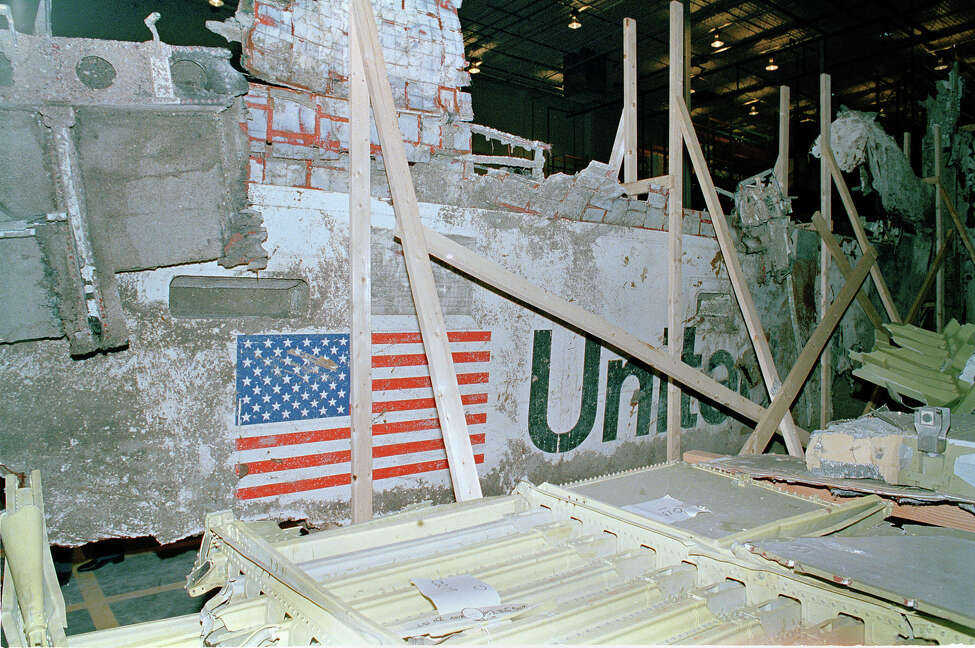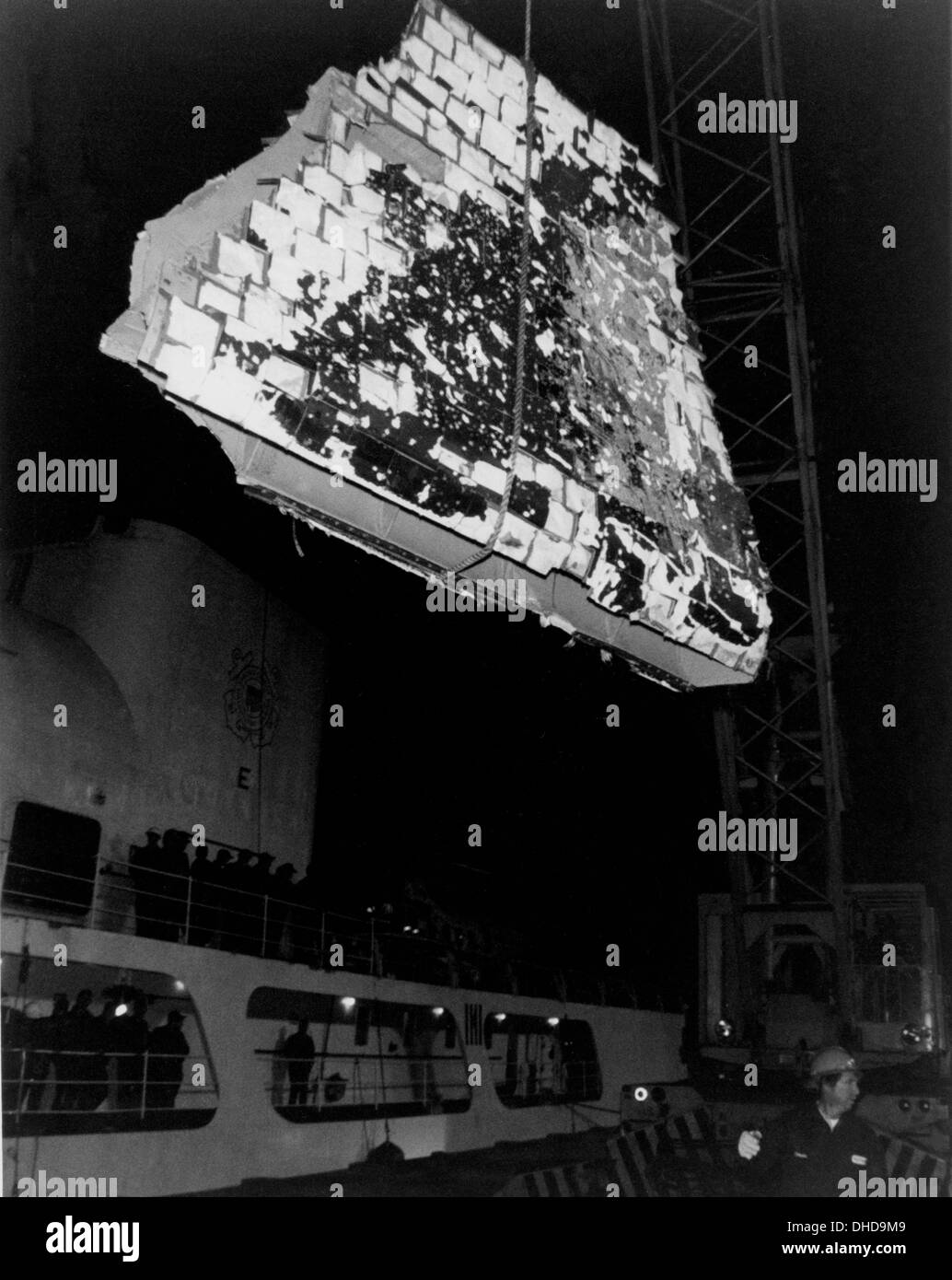

Rather, in March 2022, the team embarked on a series of scout dives to investigate several suspected wreck targets off the coast of Florida, with one of those targets being outside of the Bermuda Triangle, offshore from Cape Canaveral. The History Channel film crew did not set out to find a piece of Challenger. But I am rather confident that it is one of the largest pieces ever found of Challenger," Mike Cianelli, program manager of NASA's Apollo, Challenger and Columbia Lessons Learned Program, said in a video statement released by NASA. However, we did note that the item does extend deeper into the sand, so the true size is hard to determine at this point. "In reviewing the footage that the team provided, we can see a section roughly 15 by 15 feet. The History Channel's find is the first major discovery of wreckage from the STS-51L disaster in more than 25 years. In 2015, for the first and only time to date, NASA placed a large section of space shuttle Challenger's fuselage on public display as part of "Forever Remembered," a permanent memorial to the nation's fallen shuttle crews at the Kennedy Space Center Visitor Complex in Florida. Related: 35 years later, the lessons learned from the fatal Challenger shuttle disaster echo at NASAĪ section of the fuselage recovered from NASA's space shuttle Challenger displayed in "Forever Remembered." (Image credit: ) The silos were not considered burial sites or a memorial for Challenger, but rather a storage site, and in the years since, as additional pieces have washed up on shore, they have been added to the archive.

The debris represented 47% of the orbiter Challenger, 33% of the external tank, 50% of the two solid rocket boosters and between 40% and 95% of the mission's three primary payloads (an inertial upper stage, a tracking and data relay satellite and an astronomical tool to observe Halley's Comet).Īfter being analyzed to learn what caused the failure, the wreckage was placed into two silos - Complex 31 and 32 at the Cape Canaveral Air Force Station (now Space Force Station) - each 78 feet deep by 12 feet in diameter (24 by 4 m), which had previously supported Minuteman missiles up until 1970.

The operation involved thousands of people, 16 surface vessels, a nuclear-powered research submarine and several robotic and crewed submersibles systematically inspecting more than 486 square nautical miles (1,666 square kilometers) of ocean floor in depths ranging from 10 to over 1,200 feet (3 to 365 meters).Īfter seven months, 167 pieces of the shuttle, weighing a total of 118 tons, were recovered. (Image credit: NASA)Ī major search and salvage effort was organized in the wake of the tragedy, the largest ever conducted by the U.S. From left to right: Christa McAuliffe, Greg Jarvis, Judy Resnik, Dick Scobee, Ronald McNair, Mike Smith and Ellison Onizuka. NASA's STS-51L crew members pose for a photograph during a break in training for their January 1986 launch.


 0 kommentar(er)
0 kommentar(er)
